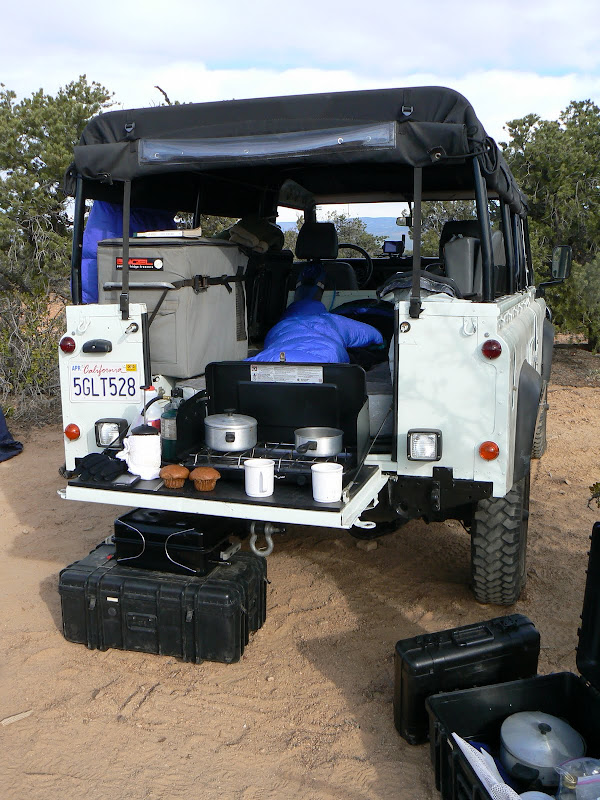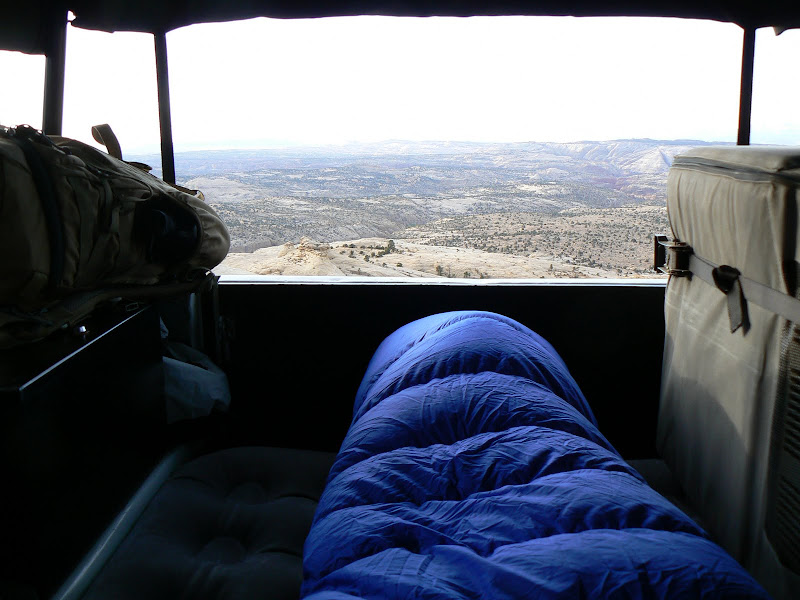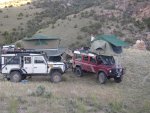I'm amazed at how polarized opinions are on this. That shows little thinking on the posters' parts. There is no right or wrong when choosing whther to go for ground or roof tents - there are simply too many variables.
It is interesting that RTTs are regarded as unfashionable over there - they're all the rage in Europe and I have been midly tempted myself.
RTTs are great if just two of you are camping, the camping location has muddy or rock hard ground (making pitching difficult or messy), lots of bugs or predatory animals or you will be confined to one space only a little larger than the vehicle.
Ground tents allow carriage or more kit on the roof at lower CoG, much more spacious accommodation, especially for families, use of bigger tents ifspace is unlimited, allow for the tent to be erected if there are multiple spaces but none larger than the vehicle footprint and don't wobble around in strong winds.
You then have to factor in personal preferences like agility and medical well being, any vertigo and such, age (I wouldn't let young kids use an RTT), and the type of trip you are doing; a RTT is great if you're moving on every day, but if you are staying camped in the same position but driving locally, a ground tent is far better.
You also have to look at the specific tents. I think the Caranex tents are overpriced, overly heavy and over-rated. I also think that as cool as typical roof tents look, their weight and time taken to depoly and pack make them infoerior to the clamshell Maggies (not the rectangular wind-up ones, but the folding wedge shaped ones that take less than 30 seconds up or down). Then again, they take the entire roof pace, not just half of it...
The idea of fitting folding RTT on a trailer has merit too, if you are going on a rtrip that warrants a trailer. Sleeping inside the vehicle is the neatest solution, but you need a big enough vehicle to store all the trip's kit under the sleeping platform and you can only sleep two like that, ruling out families...
Like I said, swings and roundabouts. I'm just sorry to hear JRose go to all that trouble and expense for such a quick negative reaction.











